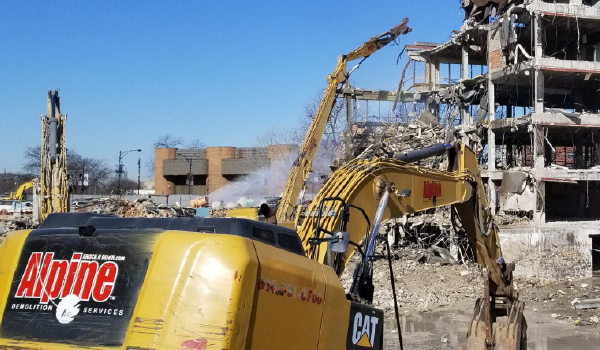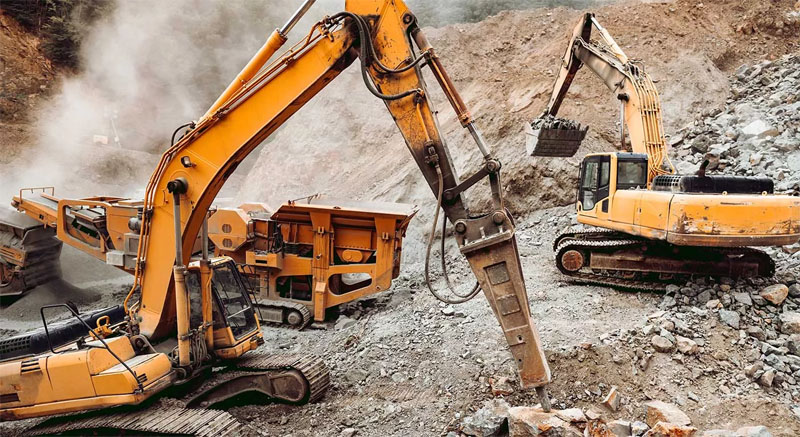The Ultimate Guide to Interior Demolition Techniques and Devices
Within the world of indoor restorations, the art of demolition is a crucial phase that needs precision, skill, and the right collection of devices. Whether you are a skilled specialist or a Do it yourself fanatic, recognizing the intricacies of interior demolition strategies can make all the distinction in achieving a successful task outcome.
Essential Interior Demolition Tools
When taking on interior demolition tasks, having the suitable tools is essential for performance and security. One of the most critical tools for interior demolition is the demolition hammer. This sturdy tool is designed to damage via hard products like tile, drywall, and concrete.
One more important tool is a reciprocating saw, which is excellent for cutting with a selection of materials such as timber, steel, and plastic. Its capability to make precise cuts in limited spaces makes it perfect for demolition work. An utility knife is required for cutting materials like carpet, vinyl flooring, and insulation. Its sharp blade makes sure precise and tidy cuts, helping with the removal of unwanted materials. Generally, having these important interior demolition devices will substantially boost the efficiency and safety of any type of demolition task.

Safety And Security Preventative Measures Throughout Demolition

Additionally, all employees involved in the demolition process should obtain adequate training on the correct handling of devices and devices to reduce crashes. By adhering to these safety preventative measures, interior demolition tasks can be brought out effectively while prioritizing the health of all individuals involved.
Strategies for Eliminating Wall Surfaces
Carrying out appropriate security preventative measures throughout interior demolition tasks is crucial for developing a protected workplace, and one key aspect of such projects entails understanding strategies for removing wall surfaces. One frequently used approach is manual demolition, which requires the use of basic hand devices such as sledgehammers, crowbars, and energy knives to very carefully take down the wall surface item by piece. This technique permits for greater control over the demolition process, particularly in fragile areas where precision is vital.
For larger, extra complex walls, mechanical demolition may be needed. This entails making use of hefty machinery like excavators or bulldozers to tear down wall surfaces successfully. However, it is crucial to make sure that the architectural integrity of the building is not jeopardized throughout mechanical demolition.
One more strategy for getting rid of walls is deconstruction, where the wall surface is dismantled in find out a manner that maintains multiple-use materials. This lasting approach is ecologically friendly and can likewise help in reducing disposal prices. Whichever strategy is utilized, it is important to follow proper safety and security methods and consider the structural ramifications of wall removal to ensure an effective indoor demolition job.
Removing Floor Covering Like a Pro
Efficiently getting rid of flooring throughout interior demolition requires the correct tools and methods to make certain a smooth and successful process. Additionally, having a dumpster or designated disposal location ready for the removed floor covering products is critical for maintaining a clean job atmosphere. By adhering to these methods and making use of the right tools, eliminating flooring like a pro can view it be attained successfully and efficiently.
Correct Garbage Disposal Approaches
After efficiently removing floor covering utilizing the appropriate devices and methods, the next crucial action in the interior demolition process is applying appropriate waste disposal techniques. Correct waste disposal is essential for maintaining a clean and secure job environment throughout and after demolition.

Service providers need to follow local guidelines pertaining to waste disposal to avoid penalties and penalties. Using expert waste monitoring services can improve the disposal process and make sure conformity with environmental standards. By applying proper waste disposal approaches, indoor demolition tasks can be finished effectively and sustainably.
Final Thought
In final thought, interior demolition calls for the use of important devices and stringent safety and security preventative measures to make sure a successful and risk-free procedure. By adhering to these standards, interior demolition can be completed successfully and with very little threats.
One of the most important tools for interior demolition is the demolition hammer (interior demolition). Overall, having these essential indoor demolition devices will substantially improve the effectiveness and security of any type of demolition project
Successfully eliminating floor covering Recommended Site during interior demolition needs the appropriate tools and strategies to ensure a successful and smooth procedure.After effectively getting rid of flooring using the proper tools and strategies, the following critical action in the indoor demolition procedure is executing correct waste disposal techniques.In conclusion, indoor demolition needs the usage of necessary tools and strict safety and security precautions to make certain a secure and successful process.
Comments on “Cost-efficient Solutions for Interior Demolition Services”